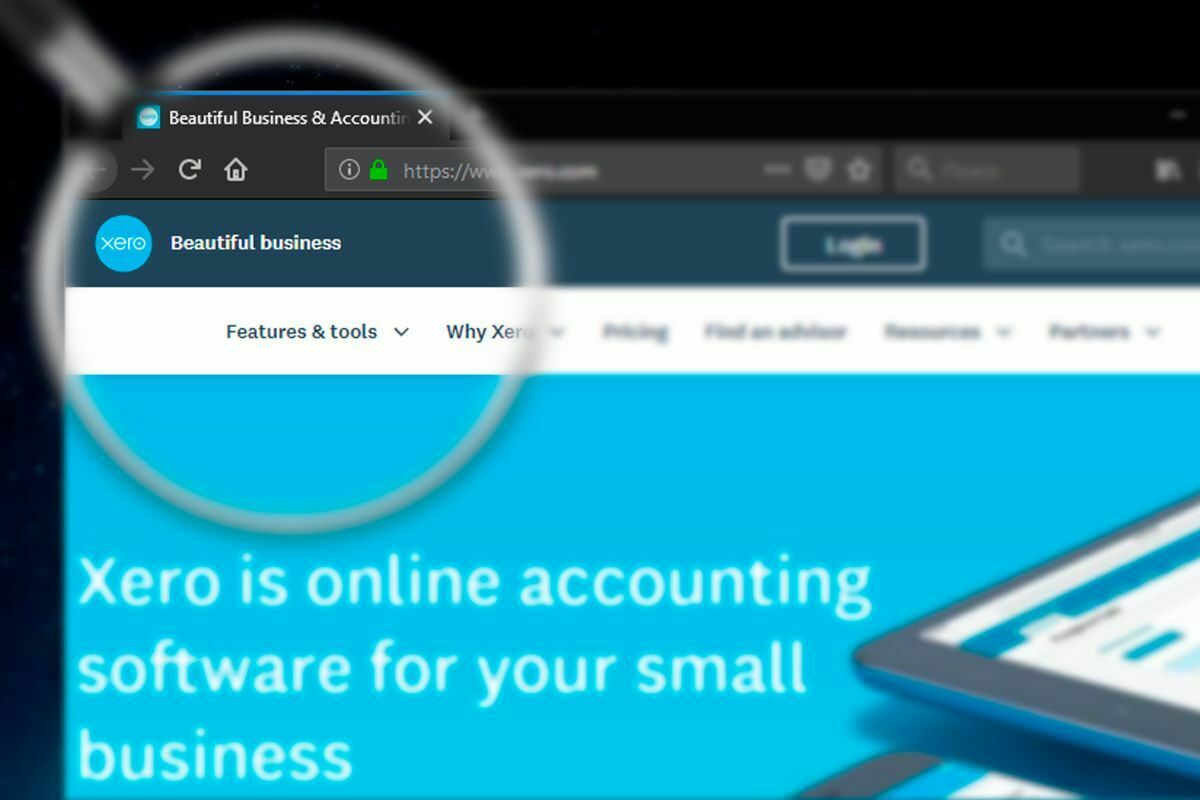
Tips to being a proactive business
Tips to being a proactive business
Recent times have certainly shown us that the future path of your business can change in an instant. Usually, due to influences that are far beyond our own control.
The Covid-19 pandemic and the ongoing global economic recession have both had a negative economic impact on the business world. So, when a challenge arises, you need to be ready.
The key is to be proactive. Be prepared, have a ‘Plan B’ and react in a proactive way to the uncertainty. But what elements of your business should you focus on to get your downturn plan ready?
How to be a proactive business
To keep your business afloat, you’ll need to be agile, innovative and resourceful. And being flexible in the face of adversity is also likely to play a big part in your survival.
No business owner has all the answers, and there are some important steps to take if you’re going to overcome the challenges of a downturn.
Proactive steps to take will include:
Enhancing your business knowledge
Knowledge is power, and being in control of your business data gives you that knowledge. The latest cloud reporting tools, like Futrli, help you to understand the financial numbers and forecast the future path of the business, allowing you to make truly informed decisions.
Improving your cashflow
During a downturn, money will be tight and your cashflow position is more likely to be poor. To improve this, you need to be proactive about reducing overheads, billing promptly, following up on overdue invoices and making sure that the minimum amount of cash flows out of the business, and the maximum flows in.
Negotiate with your suppliers
If you can wrangle a better deal from your suppliers, that goes a long way to enhancing your cashflow position. Negotiate with your suppliers to agree on better terms, or cheaper prices. And talk to your landlord about a reduction in rent – or even a rent holiday if the situation is extremely dire.
Accessing additional funding
When your cash reserves get tight, there may be a need to look for additional funding. This could mean asking your bank manager for an extended overdraft, approaching business lenders for a loan, or even looking at attracting private investors or private equity firms that may want to pump money into the business – although you’ll need a strong business plan for investors to be willing.
Evaluating your market offering
To generate enough revenues to survive, you need your products and/or services to be selling. To that end, it’s worth evaluating your market offering and making some changes. Do some products deliver a much higher return than others? If so, you could make more money by focusing purely on these products and having a tighter and more profitable product range.
Evolving your marketing and sales
Communication with your customers during a downturn is vital. Keep them in the loop and let them know that your products/services are still there for them. And reevaluate your marketing channels to make sure you’re hitting the right audience. Is your online presence as good as it could be? Are you providing enough information on your website and social channels to help solve your customers problem? If not, what else could you do to bring in more enquiries and sales.
Learning to pivot and diversify
Some sectors, for example, the travel and hospitality sectors, were badly hit by Covid. If this happens, you may need to pivot into a new niche or sector to find a new audience and more revenue streams. You can also diversify your product range to meet the needs of a wider range of customers, bringing in more revenue streams and bumping up your cash position as a business.
It’s all about having that Plan B in place. When (and if) a downturn hits, you’re then primed and ready to respond.
The better prepared you are, and the faster you react, the more likely it is that you’ll ride out challenging times successfully.






